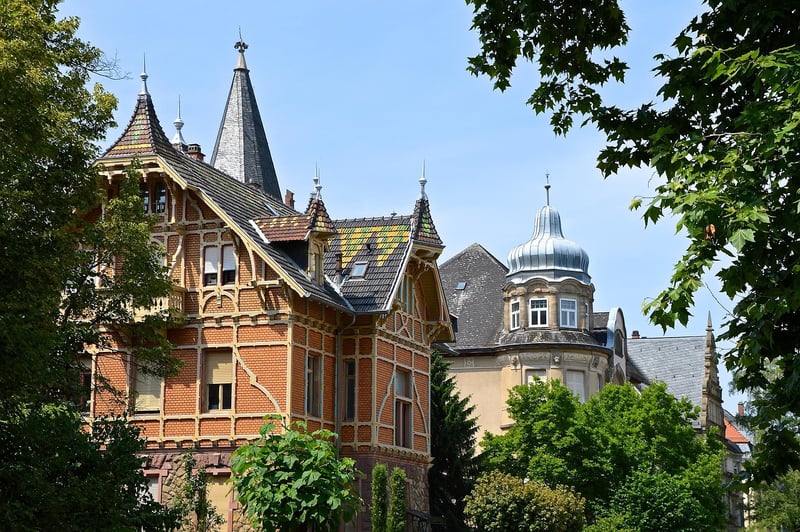City Tree Planting
Transforming Urban Environments through City Tree Planting
Urban environments often face challenges such as pollution, lack of green spaces, and rising temperatures. To combat these issues and create healthier and more sustainable cities, many initiatives focus on city tree planting as a key strategy. Trees not only beautify urban landscapes but also provide numerous environmental, social, and economic benefits.
The Benefits of City Tree Planting
City tree planting offers a wide range of benefits:
- Improved Air Quality: Trees help absorb harmful pollutants such as carbon dioxide, sulfur dioxide, and nitrogen oxides, thereby improving air quality in urban areas.
- Temperature Regulation: Trees provide shade and reduce the urban heat island effect, helping to lower temperatures in cities and mitigate the impact of climate change.
- Biodiversity Enhancement: Urban trees support biodiversity by providing habitats for birds, insects, and other wildlife, contributing to overall ecological balance.
- Health and Well-being: Access to green spaces and trees in cities has been linked to improved mental health, reduced stress levels, and increased physical activity.
- Community Engagement: City tree planting initiatives bring communities together, fostering a sense of ownership and pride in local environments.
- Economic Value: Trees increase property values, attract tourists, and can lead to cost savings in energy bills through natural cooling effects.
Best Practices for Successful City Tree Planting
When planning city tree planting initiatives, it is essential to consider the following best practices:
- Selection of Native Species: Choose tree species that are well-suited to the local climate and soil conditions to ensure their long-term survival.
- Proper Maintenance: Regular watering, pruning, and monitoring are crucial to help newly planted trees establish their roots and thrive.
- Community Involvement: Engage residents, schools, businesses, and local organizations in tree planting activities to build a sense of community ownership.
- Strategic Placement: Plant trees strategically to maximize their benefits, such as shade provision near buildings or along streets to reduce heat absorption.
- Long-Term Planning: Develop a comprehensive tree management plan that includes ongoing care, maintenance, and periodic assessments of tree health.
City tree planting is a powerful tool for transforming urban environments and creating greener, healthier cities for current and future generations. By recognizing the importance of trees in urban settings and implementing sustainable planting practices, cities can reap the myriad benefits that trees offer.

For more information on city tree planting initiatives and how you can get involved, visit Arbor Day Foundation.
